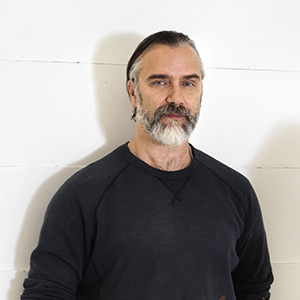 FINALIST
FINALIST
Digital Wabi-Sabi Artifacts


Category : GENERAL
By Thomas Modeen / Architects Independent (Qatar)
There’s something tactile, seductive, almost endearing about some of the process-based ‘failures’ or mistakes that occasionally occur in something fabricated through digital means. Such faux-pas are seldom acknowledged, or are quickly brushed under the carpet, in most discussions relating to things made through either subtractive, additive, or even formative methods of CAD based making. The CAD-CAM (Buildware) methods are, after all, supposed to bring forth a new dawn of projects and work that allow and provide means for artists, architects and designers to retain control of their work from conception to conclusion, and do so through an optimized process in which logistical faults, omissions and inaccuracies are minimized, if not removed. For most of us who use such means daily, however, the ‘misprints’ are the norm rather than the exception.
The included designs provide a case for celebrating such aforementioned deviations. They demonstrate that there is an inherent craft component in CAD-CAM based fabrication processes (an allowance for a subjective interpretation) that, in their own right, routinely catalyze (form based, textural, various sensorial) outcomes affecting and resulting in more dynamic and multi-faceted designs.
The designs mere made with a FDM (Fused Deposition Modeling) fabricator, using both the main material (ABS plastic) as well as the (usually removed) support material as equal protagonists in the final design.
3D printer, 3D Modeling and Design Software

JUDGES, COMMENTS
-
Hiroya Tanaka
Professor at Keio University, Representative of SFC Social Fabrication LabThis works is one that intentionally “leaves” things behind as a means of expression, rather than a 3D printer that “removes” supporting material. This method of expression is something that would likely be overlooked if the various manufacturing processes were handled by different people. It is also a works that could never be produced by an outsourced creator.




